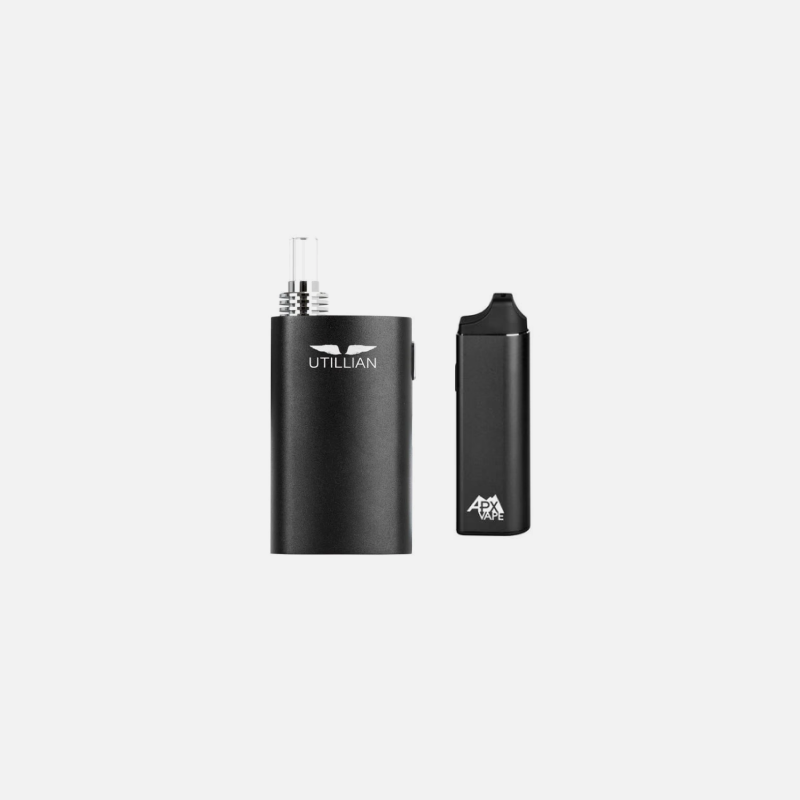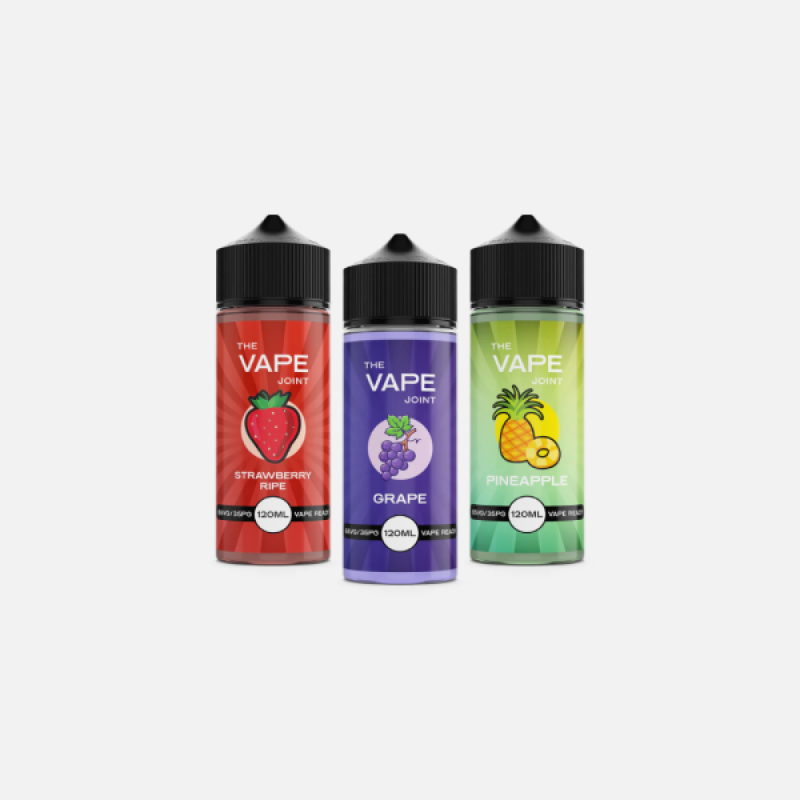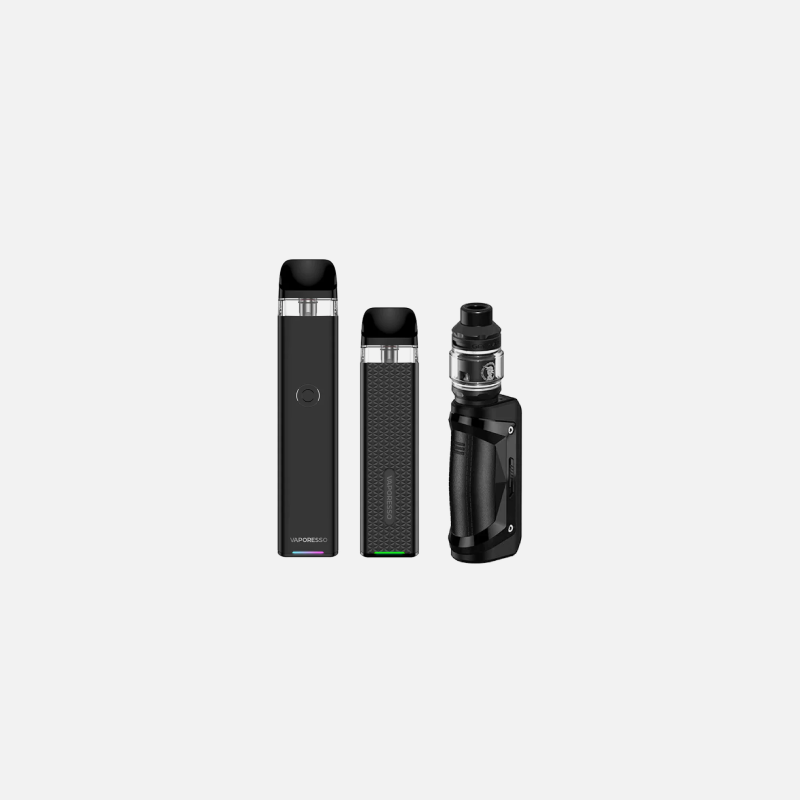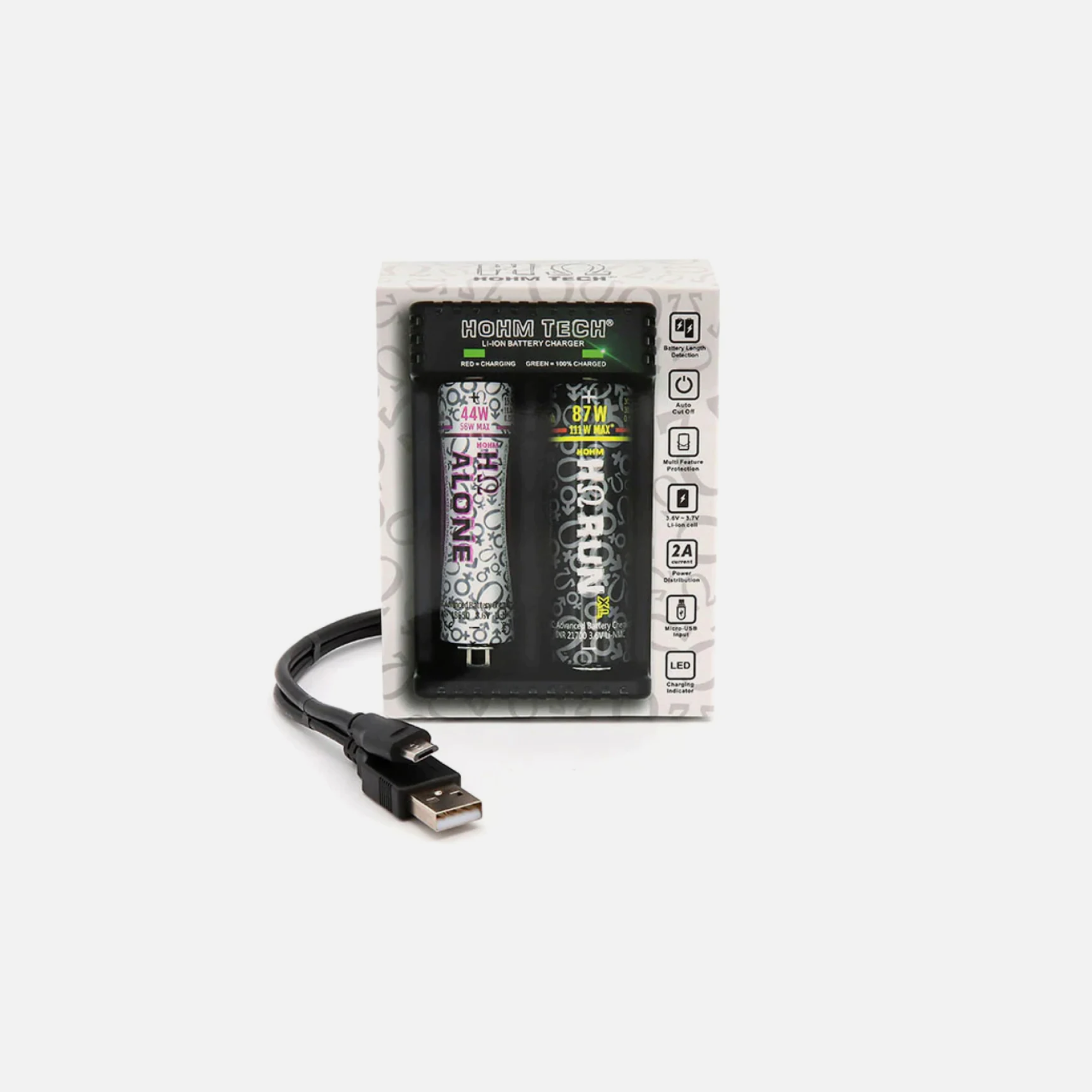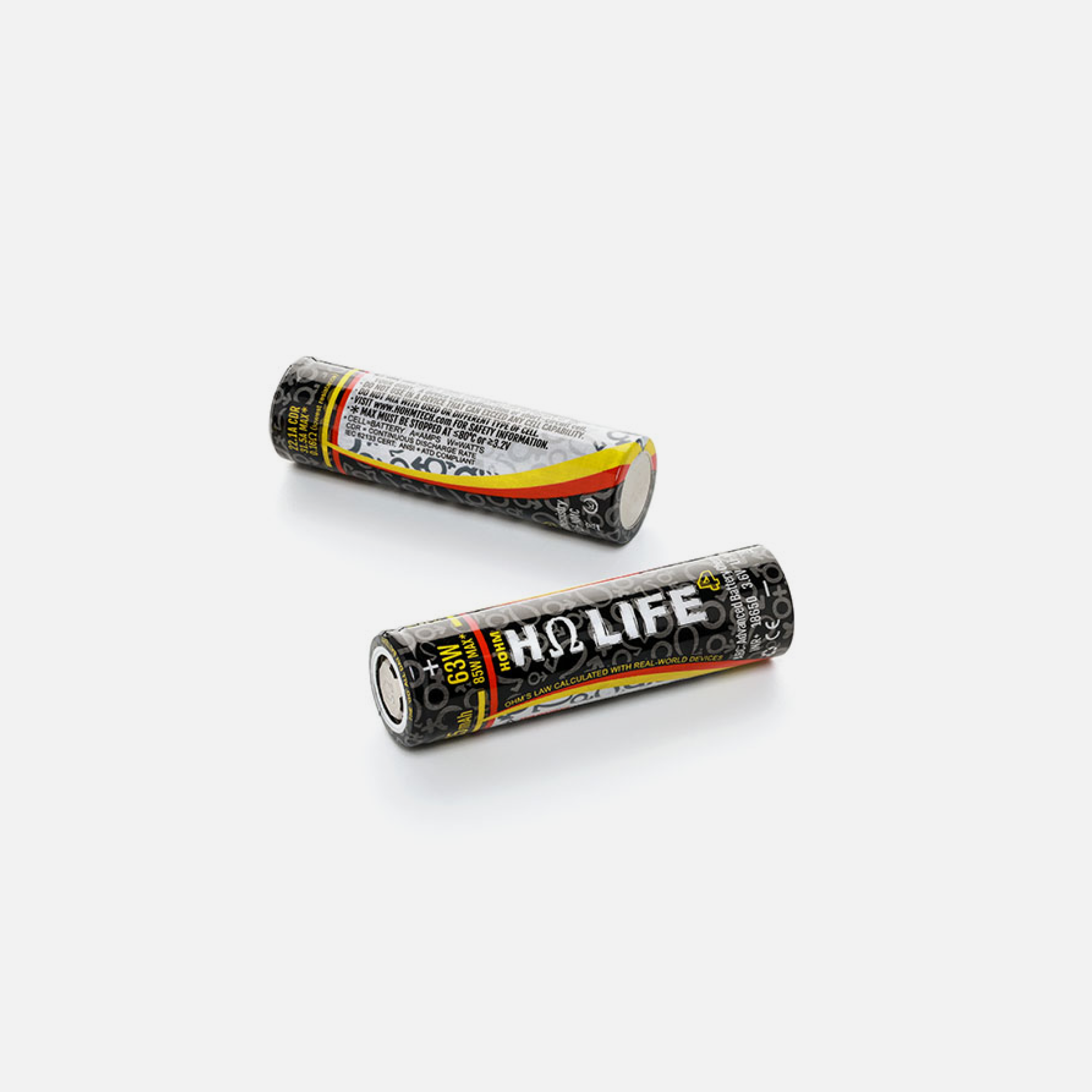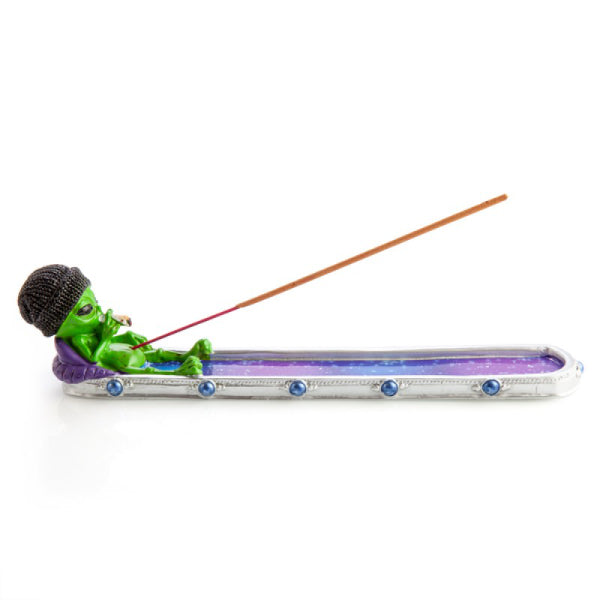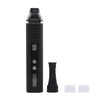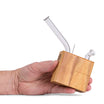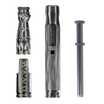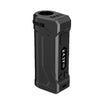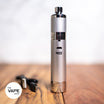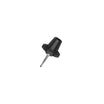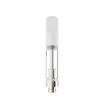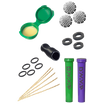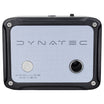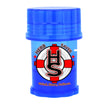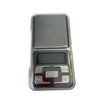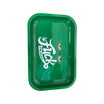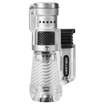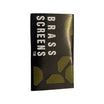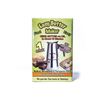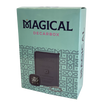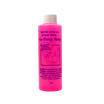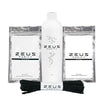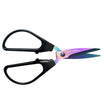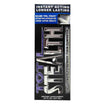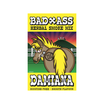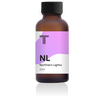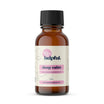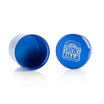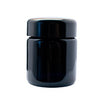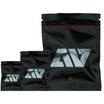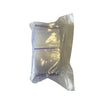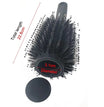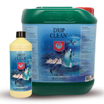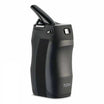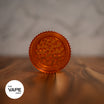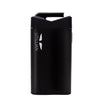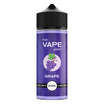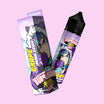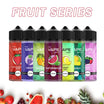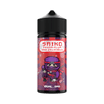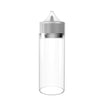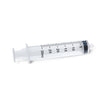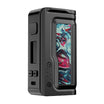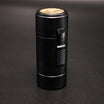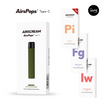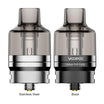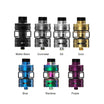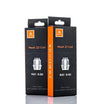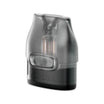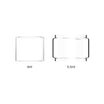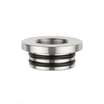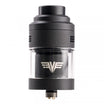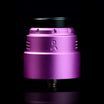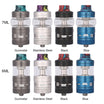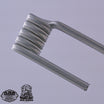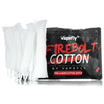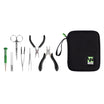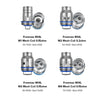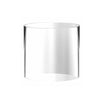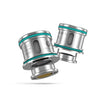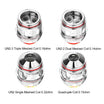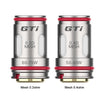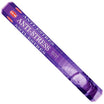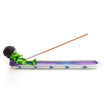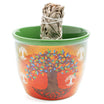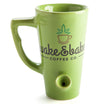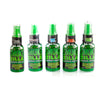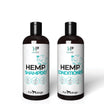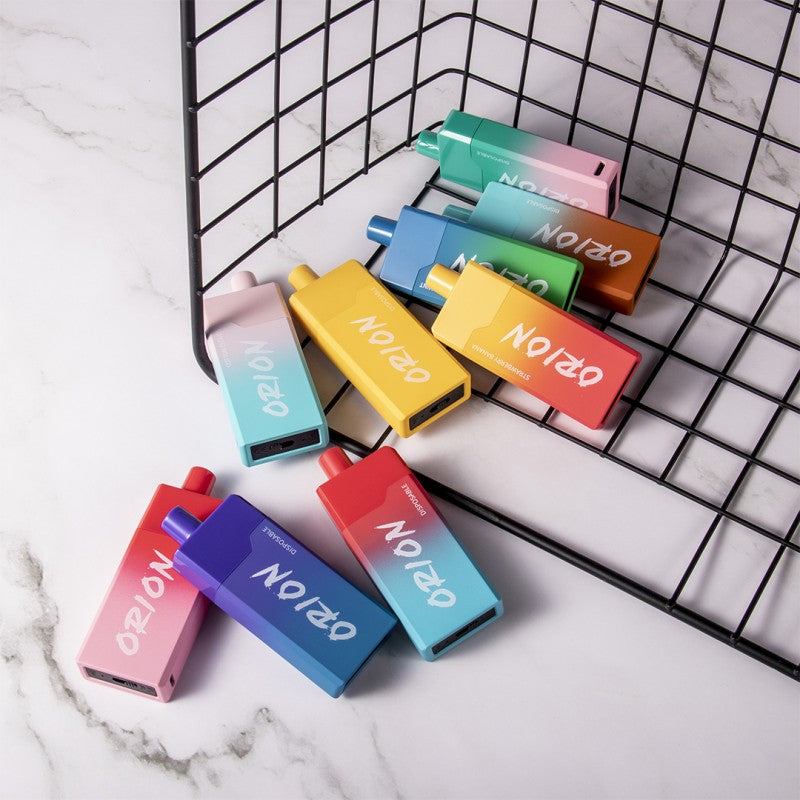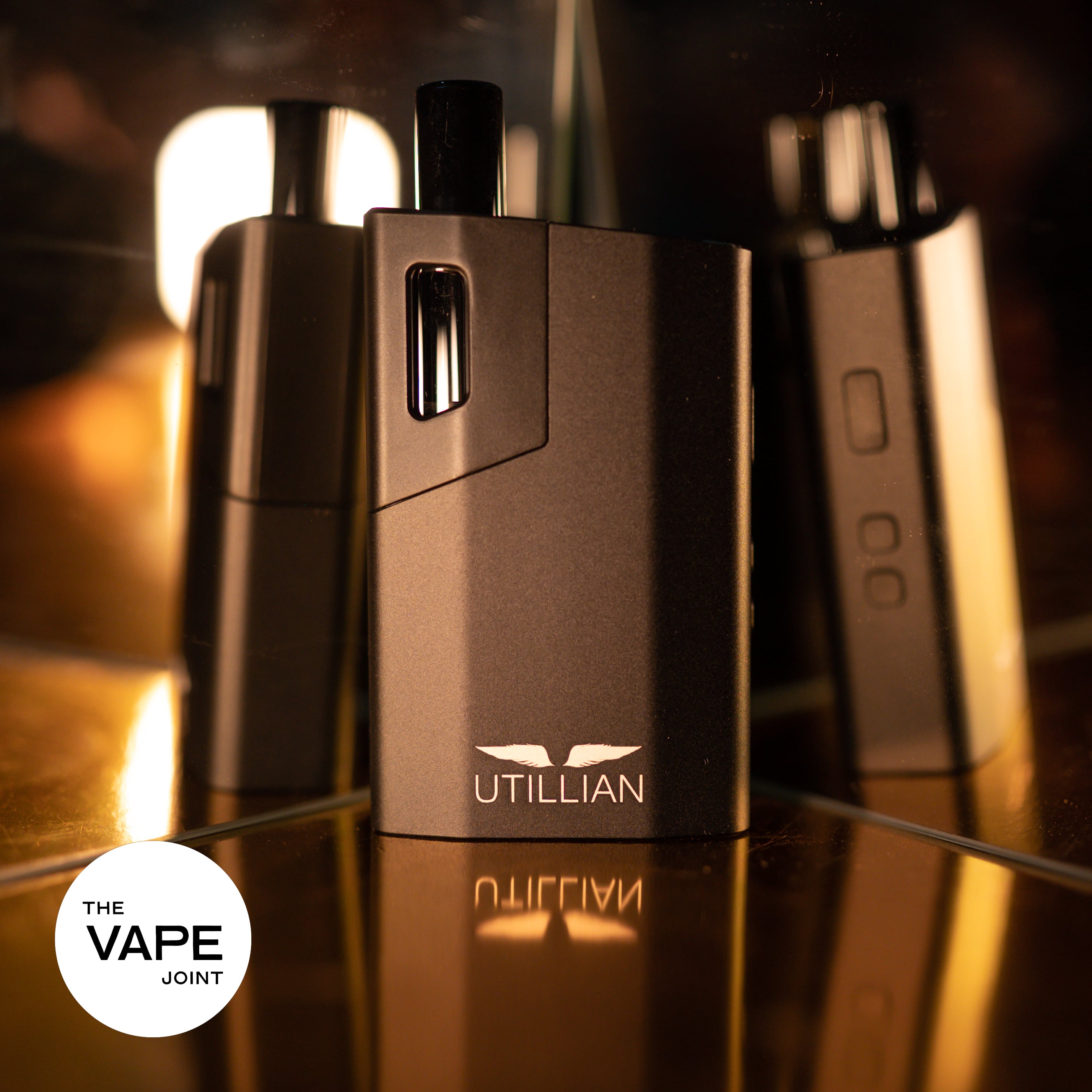What is a Vaporizer?
A vaporizer is a device designed to heat substances, like dry herbs or e-liquids, to a temperature where they produce a vapor. The vapor is then inhaled for both recreational and medicinal purposes. There are two main types: dry herb vaporizers and e-liquid vaporizers.
What is a Dry Herb Vaporizer?
These devices specifically heat dry cannabis flowers or other herbs to release the active compounds in the form of vapor without combustion. This is different from traditional smoking methods, which combust the material and produce smoke.

What's an E-Liquid Vaporizer?
Often referred to as e-cigs or vape pens, these vaporizers are designed to vaporize liquid solutions, commonly containing nicotine, flavors, and other compounds.

Many folks see vape pens as the cool cousin of traditional smoking. But a vape pen is a device that heats e-liquids into an inhalable aerosol, providing users with the smooth hit they desire without burning tobacco leaves.
Vape pens come in all shapes and sizes but have one common goal - delivering that smooth hit with reduced harm. Unlike conventional cigarettes, these devices don't burn tobacco leaves. Instead, they heat the liquid until it turns into vapor.
The Science Behind Vaporizing
Every vape session begins with the fundamental principle of heat transfer. Here’s where your device’s prowess comes into play, wielding heat like an expert alchemist to coax out the essence of your herbs. We encounter two heroes in this narrative: conduction and convection.
- Conduction is the direct transfer of heat, akin to searing a steak on a grill. Your herbs make contact with a hot surface and, as they cozy up to the heat, their precious compounds swiftly transition into a vapor.
- Convection, on the other hand, is the sage whisper of hot air that circulates through the herbs, ensuring that every part of your green treasure evenly relinquishes its aromatic vapors without a hint of scorching.
Our vaporizer doesn't just heat the herbs; it changes them from solid to vapor. This change happens when the right temperatures are reached, allowing important parts of the herb, like THC and CBD, and the flavorful terpenes, to turn into vapor without burning.
A Spectrum of Boiling Points
Each component in your herb turns into vapor at a different temperature. By controlling the heat, you can choose which flavors and effects you get, as some will vaporize at lower temperatures while others need more heat.
Why No Flame?
Burning herbs with a flame can create tar, ash, and harmful substances. Vaping is a cleaner method that heats the herbs without burning them, giving you the pure taste and benefits without the bad stuff that comes from smoking.
The Peak of Bioavailability
Vaping makes the active ingredients in your herbs more readily absorbed by your body. This means you get more from the plant with each puff, making your experience both enjoyable and efficient.
Impacts of Vaping
Benefits of Vaping Instead of Smoking
- Efficiency and Ease of Use: Vaporizers can be more efficient as they allow users to extract more active compounds than traditional smoking methods.
- Health Benefits: Vaporizers eliminate harmful byproducts of combustion, offering a healthier way to consume cannabinoids.
- Flavor: Vaporizing preserves the terpenes, leading to a more flavorful experience.
- Temperature Control: Many vaporizers allow users to set precise temperatures.
- Reuse of Herbs: Already vaped herbs can be repurposed for other uses.
- Discreetness: Vaporizers produce less odor and visible smoke.
Disadvantages of Vaping
- Potential Health Risks: Although often considered less harmful than smoking, the long-term health effects of vaping are not yet fully understood, and there is ongoing research into potential respiratory issues or other health risks.
- Addiction Concerns: Vaping products that contain nicotine can be addictive, leading to potential substance dependency.
- Device Maintenance:Vaporizers require regular cleaning and maintenance, which can be more cumbersome than the simplicity of traditional smoking methods.
- Device Malfunction: Electronic vaporizers can malfunction or break, requiring repairs or replacements.
What are the Different Types of Vaporizers?
Conduction Vaporizers
If you're after simplicity and affordability, conduction vaporizers hit the spot. They work by directly heating your herbs through contact with a heated surface - think cooking on a stovetop. The result? A fast heat-up time for those who don't like waiting around.
However, these devices possess more than just their obvious features. With conduction vapes, stirring between sessions helps ensure even heating throughout your herb load. Plus, packing technique matters too; getting it right could make all the difference in flavor intensity.
Convection and Hybrid Vaporizers
Fancy something a bit more high-tech? You might want to consider convection or hybrid vaporizers then. These bad boys use hot air rather than direct contact to heat your herbs - sort of like baking in an oven instead. This method gives them an edge when it comes to flavor purity since no part gets scorched due to direct touch with heated elements.
- Desktop models, as you might guess from the name, aren't designed for mobility; they are designed for home use and offer the best vapor quality. But what they lack in portability, they make up for with features like precise temperature control and larger chamber capacity - ideal if you're planning a session at home or have friends over.

- Portable units,on the other hand, are all about convenience and discretion; handy for on-the-go use. They fit right into your pocket so you can take them anywhere. Most will give decent battery life too but may compromise slightly on some functionalities compared to their bigger counterparts. They can be battery-operated or battery-free.

Key Components of a Vaporizer
- Battery Capacity: Determines how long the battery lasts and the number of vaping sessions.
- Replaceable or Internal: Some vaporizers have batteries that can be replaced, while others have built-in batteries
- Pros and Cons: Replaceable batteries can extend the life of the vaporizer, but internal ones can be more convenient
- Chambers
- Stainless Steel Chambers do quick heating but may have uneven "hot spots", which indicate uneven cooking
- Ceramic chambers have even herb heating but take longer to heat up.
- Gold chambers provide rapid and efficient heat transfer.
- Air Path & Mouth Piece: The path the vapor takes from the chamber to the user's mouth. The material and design can affect vapor quality and flavor.
The Anatomy of a Vape Pen
At its core, every vape pen features three main parts: battery, tank or cartridge, and atomizer (heating element). The battery powers the atomizer which heats your chosen e-liquid in the tank to create vapor.
Your average vape pen might seem like rocket science at first glance. Don’t fret. Once you get how each part plays its role in creating that perfect puff of vapor, it's as easy as pie.
Vaping Materials and Quality
What are the Different Types of Products to Vaporize?
- Herbs: The dried flower (buds) and leaf of the plant.
- Wax: These are thicker concentrates of the cannabis extract.
- Oils: These include lingual oils (taken orally), vape juices, and other thinner concentrates. Some thicker concentrates can be diluted to be used in vaporizers.

The Role of Herb Quality in Vaping Experience
Ever wonder why some vaping sessions are better than others? The answer may lie in the quality of your herbs. Like a fine wine, the quality of your dry herb can significantly impact your vaping experience.
High-quality herbs not only give you more potent vapor but also offer richer flavors and aromas. This is because premium-grade herbs have higher concentrations of essential oils and active compounds such as cannabinoids and terpenes
Determining High-Quality Herbs
To enjoy an optimal vaping session, it's crucial to know how to identify high-quality herbs. Here are a few pointers:
- Freshness: A fresh herb has vibrant colors that stand out, whereas old or low-quality ones often look dull or brownish.
- Aroma: Premium-grade herbs usually have strong and distinct scents while subpar ones might smell stale or weak.
- Cleanliness: You should make sure there’s no mold, pesticides, or other contaminants on your herbs. It affects both flavor profiles and health impacts.
In addition to these tips, sourcing from reputable vendors who prioritize transparency about their products' origins can go a long way toward ensuring consistent quality in every puff.
Using Vaporizers
Refer to this detailed guide written by us on how to use a dry herb vape!
How To Use a Dry Herb Vaporizer
- Get the grind size right.
- Preparing Your Herb.
- Fill the Chamber.
- Heat the Device.
- Initiate Your Session
- Experience the Vapor.
- Maintain Your Session.
- Wrap Up.
How to Pick the Right Dry Herb Vaporizer?
You'll want to think about what type of vaping experience you desire before making your choice. If you value convenience and portability, portable vaporizers or vape pens might be up your alley. On the other hand, if smoothness and flavor top your list, desktop models are likely more suitable.
Temperature control is another critical factor. Some devices offer adjustable temperature settings that let you fine-tune your vaping experience according to personal preferences. Studies show that controlling temperature not only affects taste but also has health implications because different temperatures release different compounds. Refer to the table below:
|
Type of Material |
Dry Herb Vaporizers |
Liquid (Vape Pens) |
|
Usage location |
Home |
On-the-go or traveling |
|
Convenience & Portability |
X |
|
|
Natural Flavor Profile |
X |
|
|
Battery Life Comparison |
Varying Battery Life Based on Model |
Generally Shorter Battery Life |
|
Users |
Sharing |
Solo |
Recommended Parts and Accessories for Dry Herb Vapes:
- Cleaning tools
- Extra batteries or chargers
- Replacement mouthpieces:
- Grinder for dry herbs
- Carrying case

Glossary
- Heat Up Time: The duration the vaporizer takes to reach the desired temperature.
- Sessions: How long does the vaporizer operate before needing to cool down?
- Cycling: Setting different temperatures to achieve specific effects and flavors.
FAQs
What Key Differences Will I Feel Between Vaping and Traditional Smoking?
Switching to vaping might require an adjustment period. While smoking delivers effects rapidly, vaping might require more time for similar potency.
Are Dry Herb Vaporizers Safe?
Yes, when used as directed and purchased from reputable sources.
Do Dry Herb Vaporizers Smell?
They produce less odor than smoking, but there might still be a mild scent.
Can I Pause During a Vaping Session and Resume Later?
Yes, but it's best to consult the device's manual for specific guidance.
How Do You Know When All the Dry Herb in a Bowl Is Used?
The herb will change color, typically turning brown, and the flavor will diminish. Remember, always consult with professionals or conduct thorough research before choosing to consume or vaporize cannabis or any other substances

